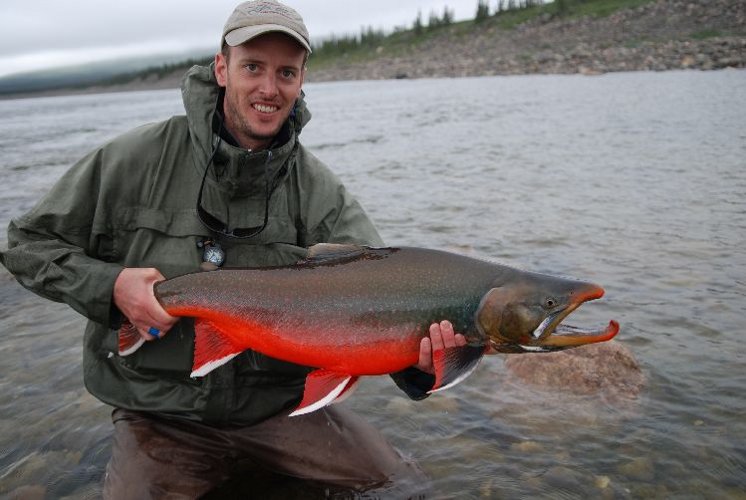A lot of you are probably wondering just what the Champlain Sea is or, more properly, was. The Champlain Sea existed from about 13,000 to about 10,000 years ago just prior to the last glaciation event that North America went through. More will be coming, you just wait! You might wait a really long time, but take my word, it will happen. Being in the midst of winter in Vermont it is not hard to believe. Anyway the weight of the glaciers actually caused the land mass to depress which allowed salt water to enter the region. Lake Champlain at that point was an arm of the Atlantic Ocean. It was quite a bit deeper too.
There is quite a bit of fossil evidence to prove the existence of the Champlain Sea. The Vermont State Fossil is the Charlotte Whale. This is the skeleton of a beluga whale found in Charlotte, VT in 1849 while making a railroad cut. Where it was found it about 10 or so miles inland from Lake Champlain. Barring the unsupported existence of Champ (the Lake Champlain monster which some speculate is a zueglodon- a primitive whale) no whales are currently found in Lake Champlain. Although, on an interesting side note, a seal was actually found on the ice in Burlington Harbor in the late 1800's. The residents of the city quickly clubbed it to death and took bits of its body as souveniers. Not quite the hippy ending to that one huh?
The Charlotte Whale and a number of other skeletal finds (including a musk ox and seal found by Dave Franzi one of my college professors) show that this area was indeed glaciated and had a salt water intrusion. Very cool stuff.
 |
| Used to be here way back when and still here now! |
 |
| In Vermont? Not now... but 10K ago, perhaps! |
It is always fun to think about what kind of changes the Earth has gone through. I think it is a great thing for anglers to be aware of the alterations that the landscape has undergone. Glaciation has had a profound impact on the nature of the Champlain Valley and the Champlain Sea undoubtedly allowed some of the species that we are now familiar with to become established. Do some digging into the geologic past of the region that you live in. You might just find out some reasons for the fish that you have there today. You might find out that you once had a shallow warm tropical sea with some of the first coral reefs ever found... oh wait... that is the Champlain Valley again....


Great piece Drew....very interesting!
ReplyDelete